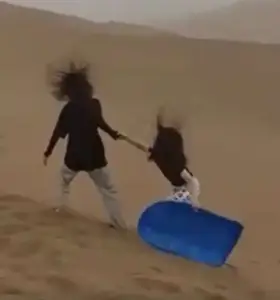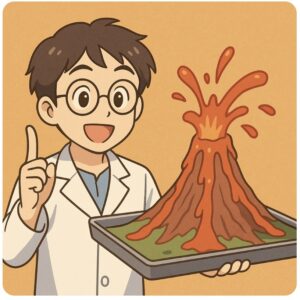A Box Inside a Box! Create the Magical CMY Water Cube of Light! (Refraction & Primary Colors of Light)
Ken Kuwako, the Science Trainer. Every day is an experiment.
【Listen to the podcast about this article!】
Experience the “Magic of Color” with a Handmade CMY Water Cube!
Have you ever struggled to find an interesting way to teach about light and color? Today, I’d like to introduce a project I made myself: the “CMY Water Cube,” inspired by the pre-made CMY Cube. This is a highly recommended teaching tool for intuitively understanding how colors overlap, light reflects and refracts, and the principles of the three primary colors of pigment.
First, take a look at this. This is the CMY Water Cube I made by hand. The colors and shapes that appear to float inside the water are so mesmerizing, you can’t help but stare.
What is a “CMY Cube”?
The inspiration for this water cube came from my favorite product, the “CMY Cube.” It’s a great tool for hands-on learning about the relationship between the three primary colors (C: Cyan, M: Magenta, Y: Yellow) and the reflection and refraction of light.
The cube’s faces are colored yellow, cyan, and magenta. When you look at it, a tiny cube seems to appear inside! You can buy it on Amazon. The one I have is the CMY Mixing Cube (Amazon). Watch this video to see it in action.
|
|
Why does a tiny cube appear? I introduced it at the end of the video, but if you look closely at the clear dice sold at Daiso, you can also see a small cube inside. I had no idea it was hiding there!
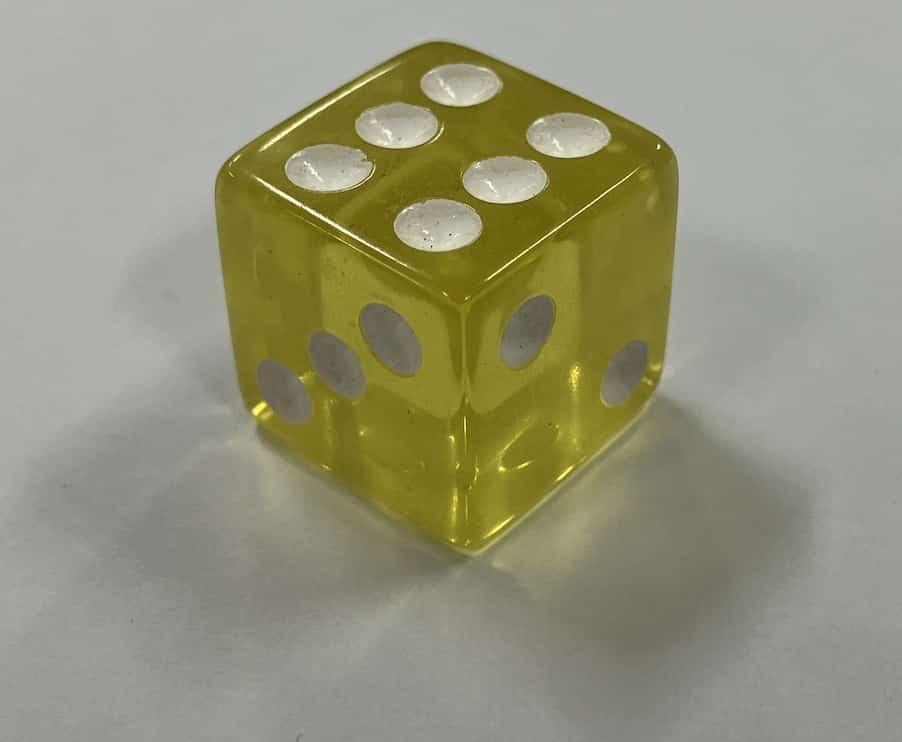
This product actually has a history.
CMY Mixing Cube: Inspired by the American artist Vasa Mihich, who developed a technique of working with colored foam based on simple Euclidean shapes in the 1960s.
At first, I thought it was the “three primary colors of light,” but since this is reflected light, it’s the “three primary colors of pigment.” For more details on the three primary colors of pigment, please see here: https://global.canon/ja/technology/kids/mystery/m_04_04.html
The True Identity of the “Tiny Cube”
Why does another small cube appear to float inside the cube? In fact, this is due to the overlapping of light passing through the colored faces.
-
The yellow seen on the top face is the reflected light from the yellow on the bottom face.
-
The blue on the left is light that has passed through the cyan face on the back.
-
Pink (magenta) is also a color that is seen when light passes through.
For example, if you shine a laser pointer at the cube,you can clearly observe which face the light emerges from and how. If you point it at the orange part, you can see that magenta light is passing through and mixing with yellow—an observation you can make.
By examining the CMY cube, I found that the yellow on top is the reflection of the yellow from the bottom face.
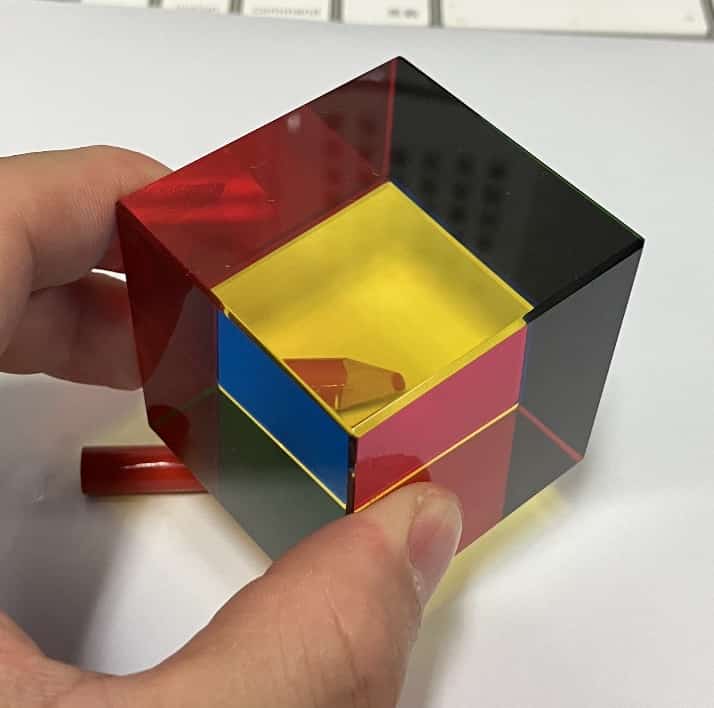
And the blue on the left is light that has passed through the blue (cyan) face on the back, and the same goes for pink (magenta).
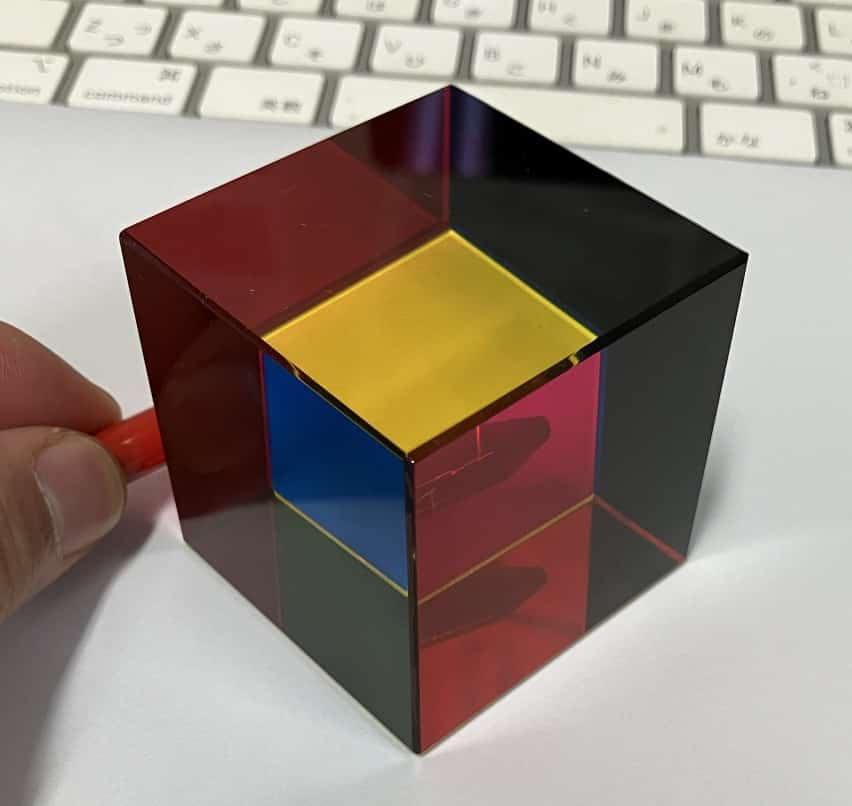
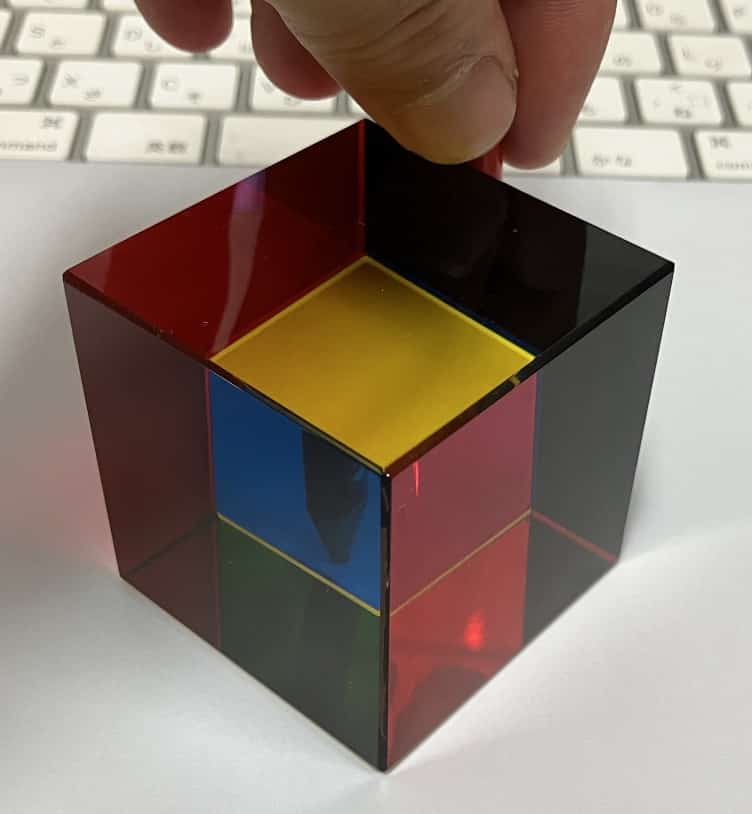
For example, if you aim a laser pointer at the orange part below the pink, you can see that light is coming from the magenta face. This is what mixes with the yellow.
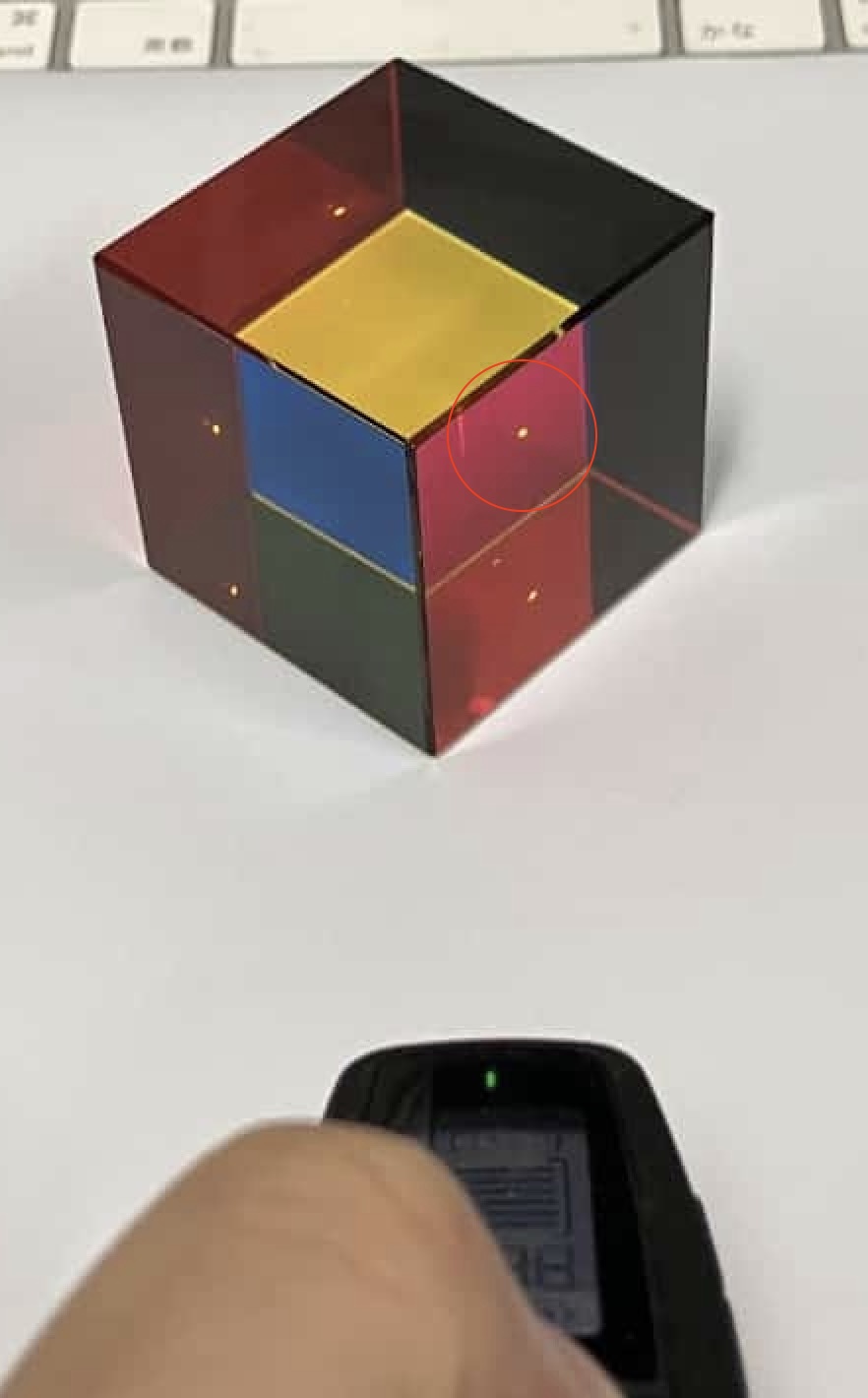
Also, if you aim at this orange face, it seems that light is also being reflected from the yellow on the bottom face.
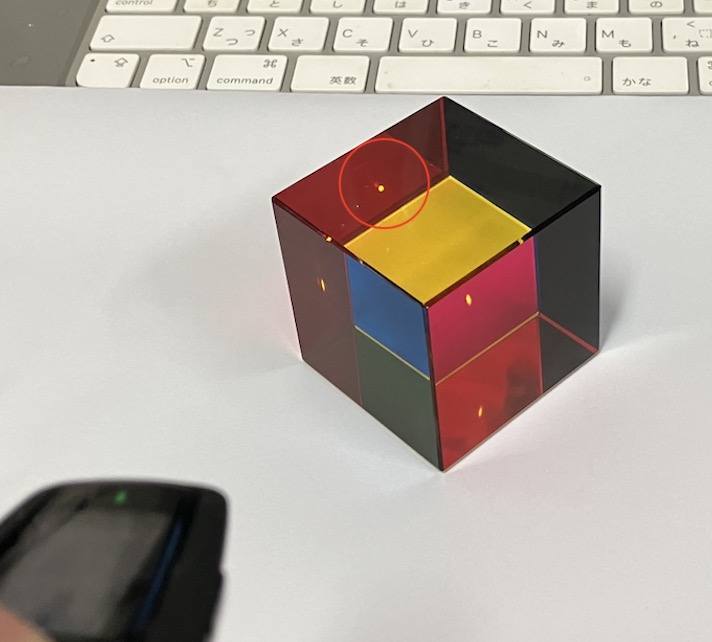
My “CMY Water Cube” I Actually Made
Impressed by the mechanism of the CMY cube, I wanted to “make one myself!” and, through trial and error, I created the “CMY Water Cube” using water. I used a clear plastic cube from Daiso as the base and sealed colored water inside. The experiment was a success, and I was able to reproduce an effect similar to the original product!
There’s still so much I don’t know, I want to learn more! Thinking this, I decided to make a CMY Water Cube using water to experiment. The result is the CMY Water Cube.
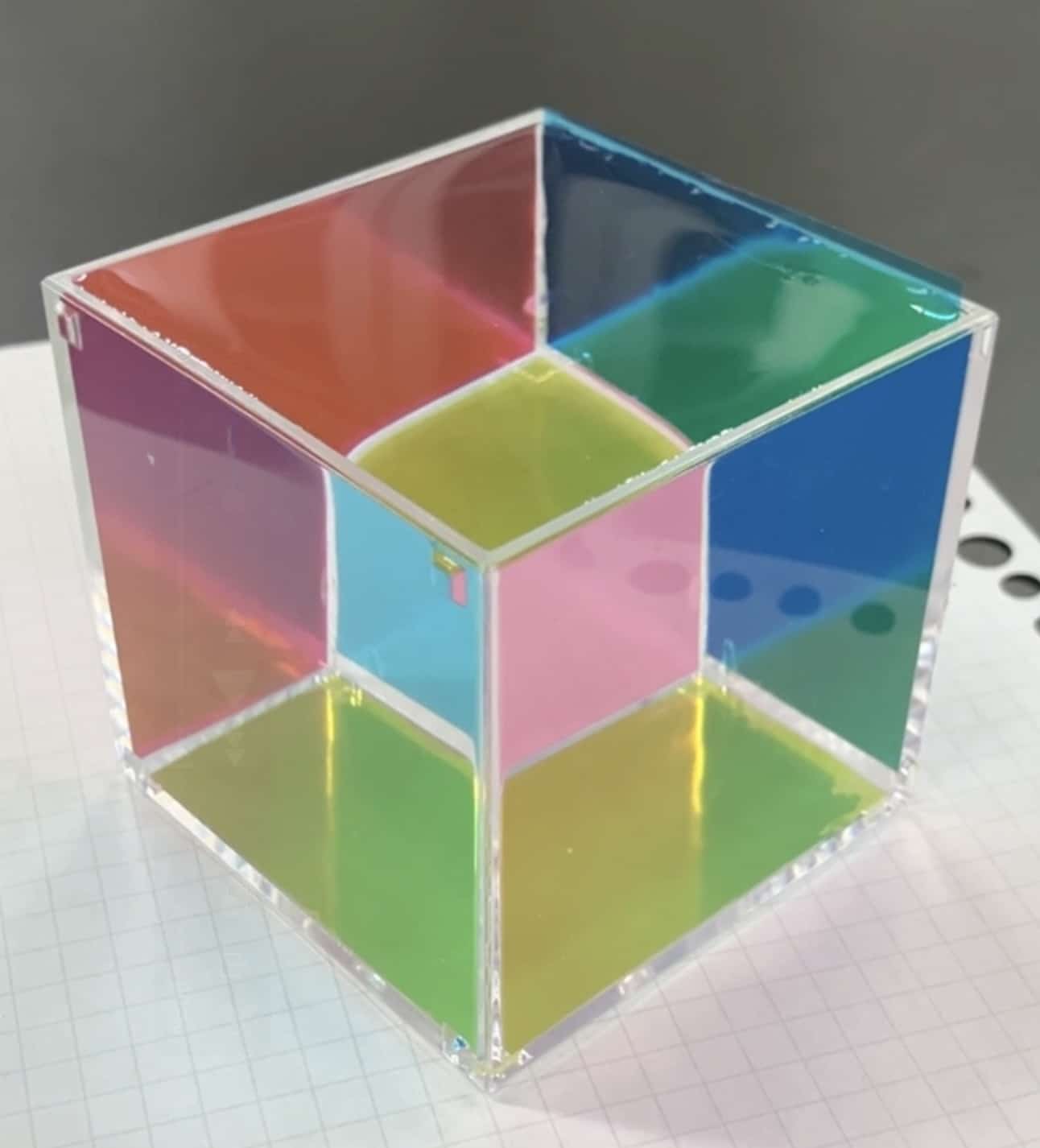
How to Make It
Transparent Chiyogami is what was sold at Daiso.
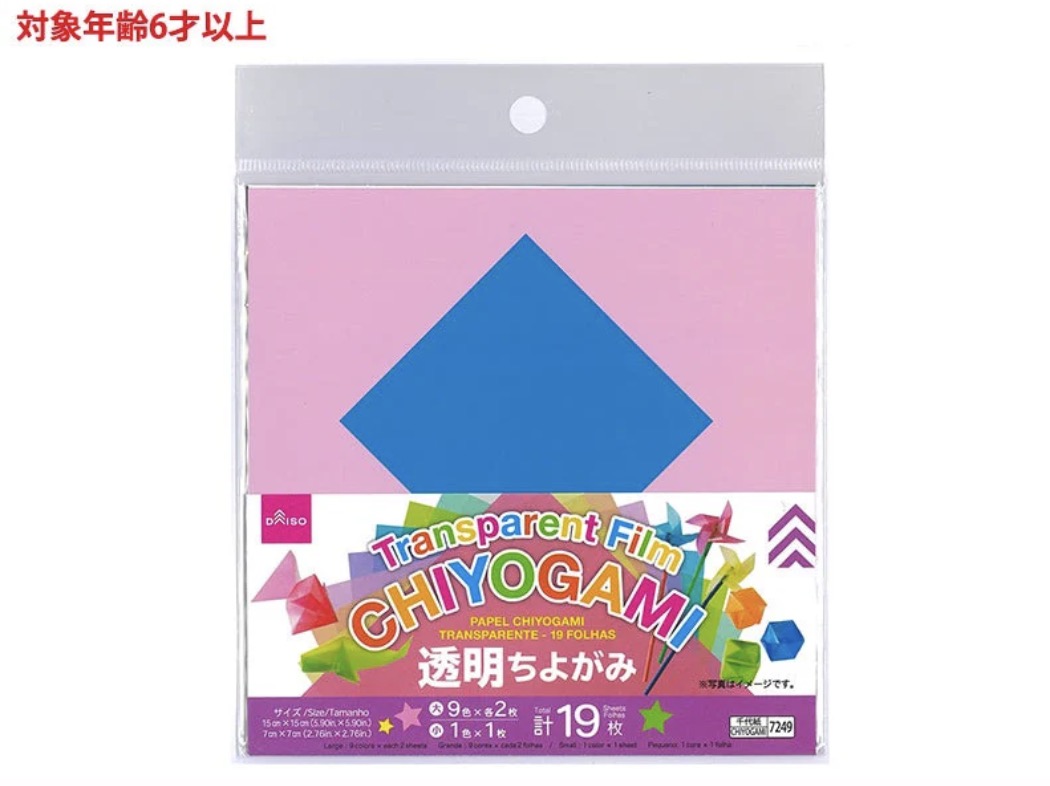
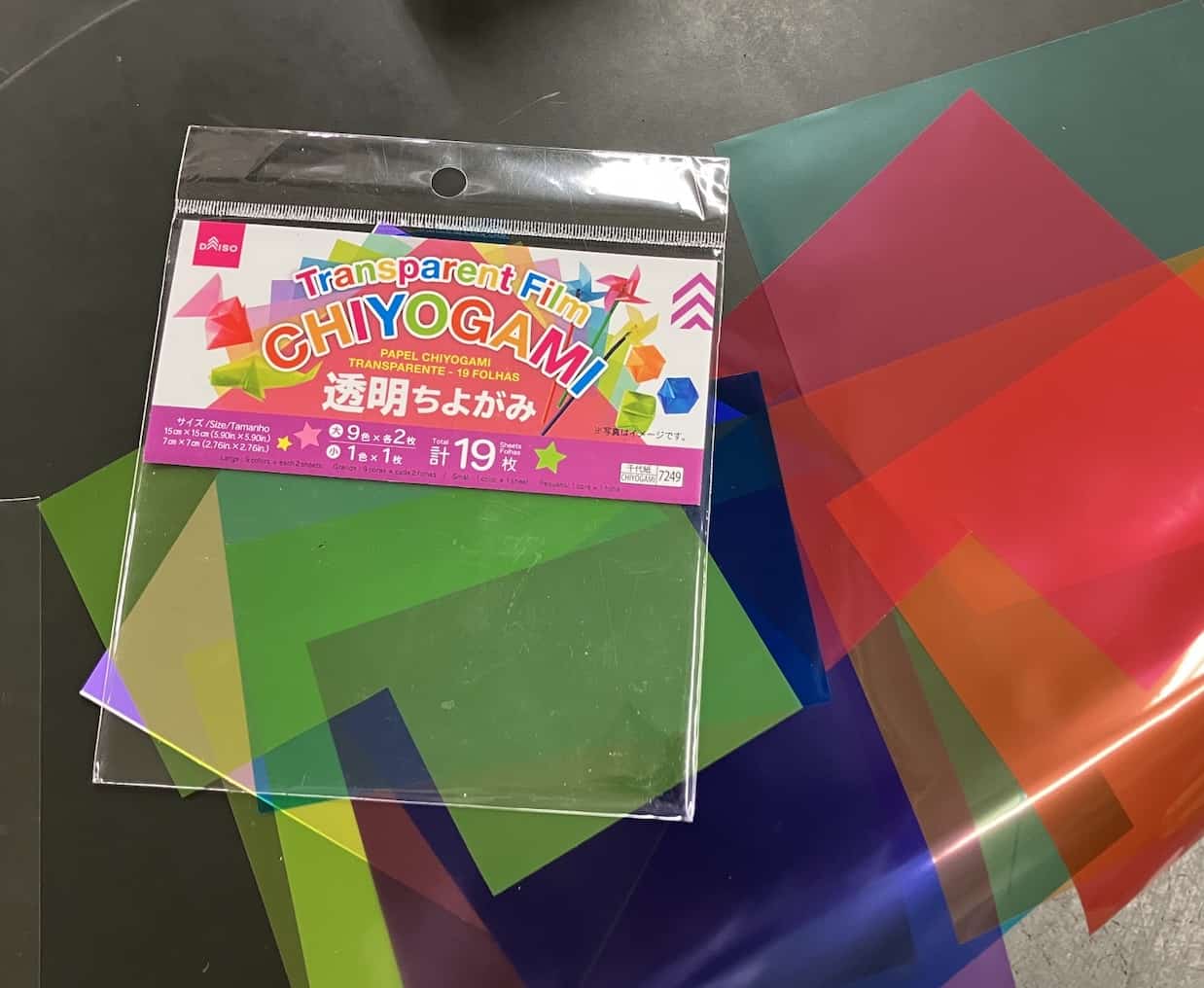
I also bought something called a Cube Box (1 BOX) at Seria, which seems to also be sold at Daiso.

I cut the transparent chiyogami and put it inside.
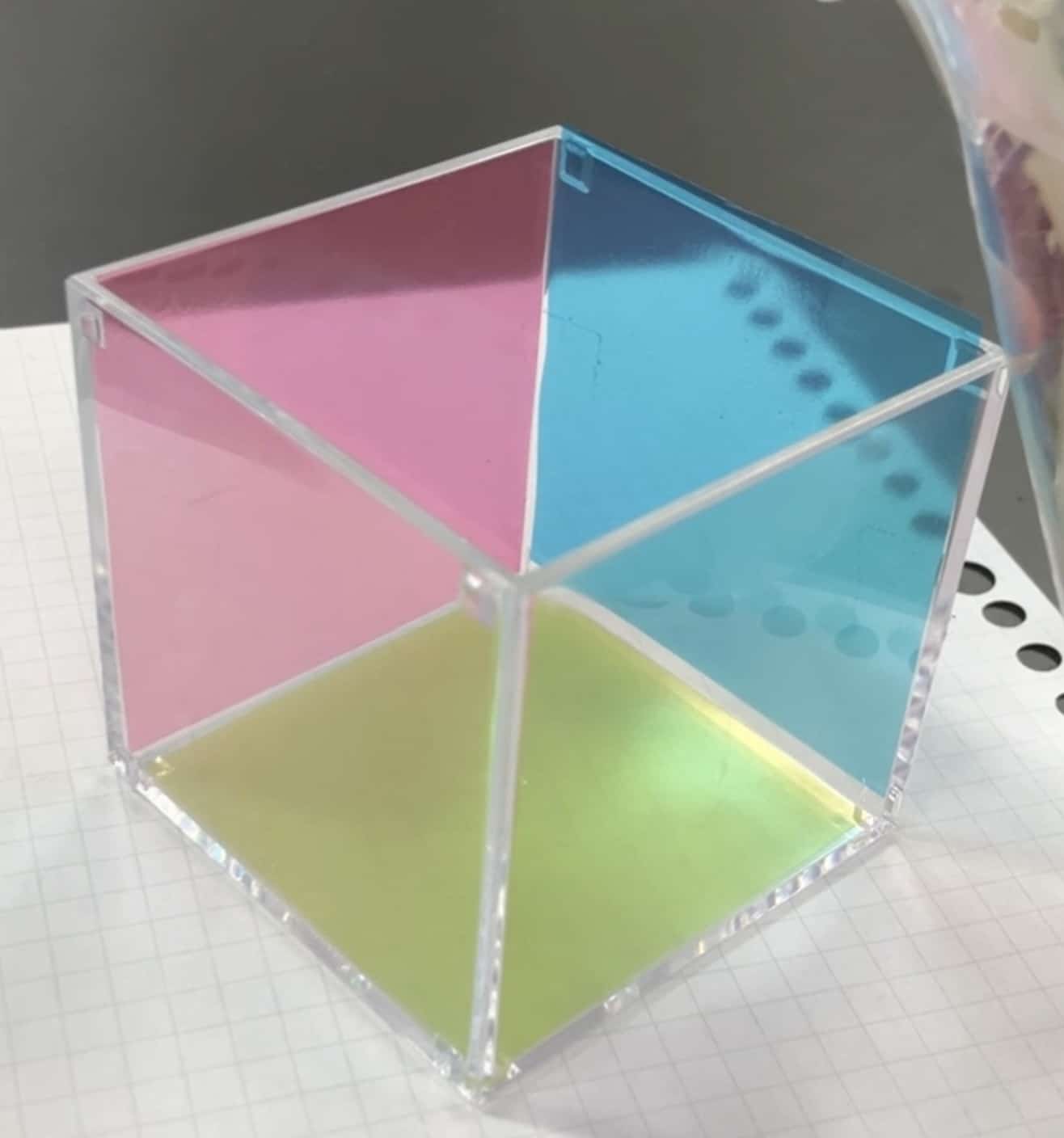
And that’s it! Now, let’s pour in the water.
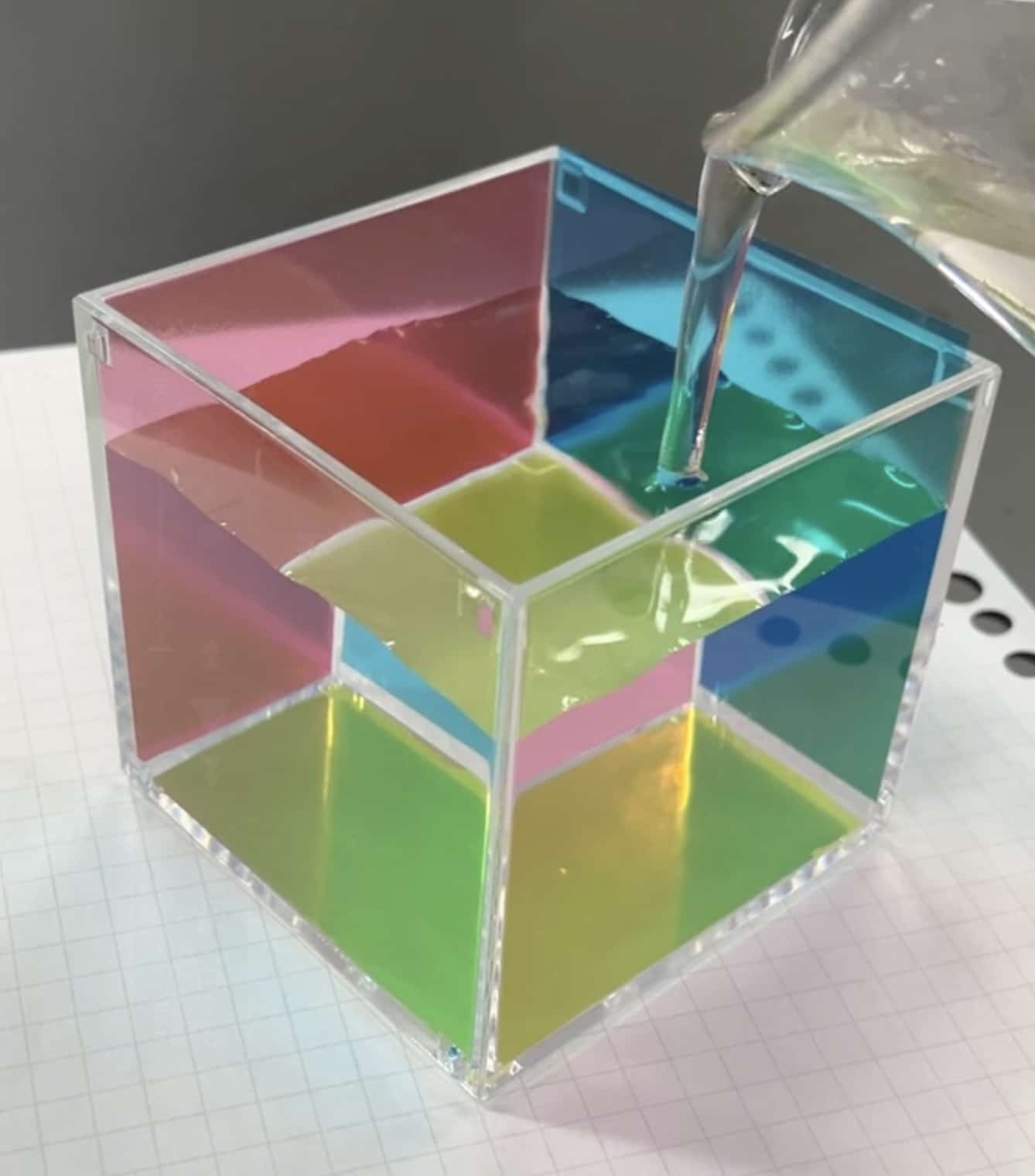

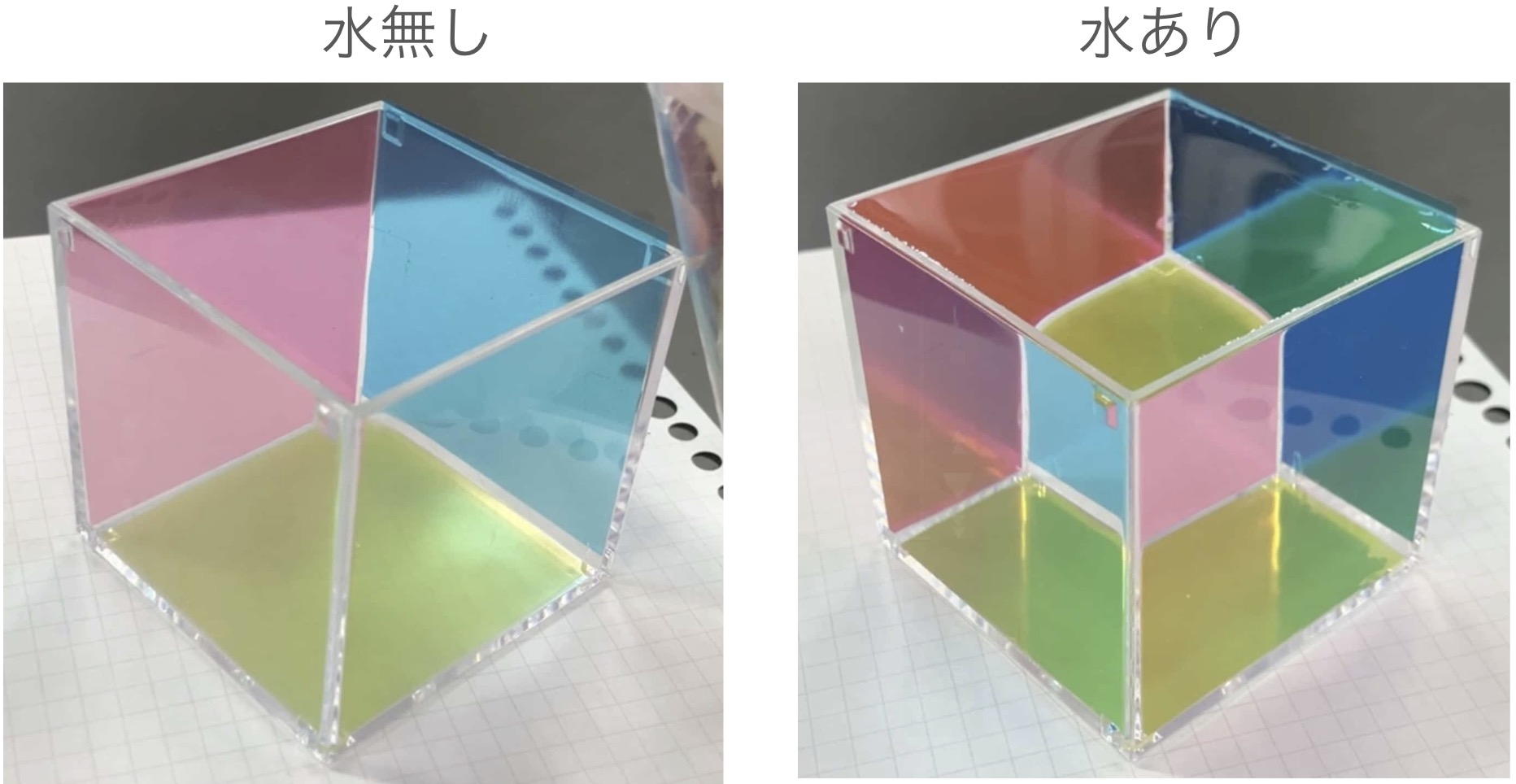
As we pour the water in…
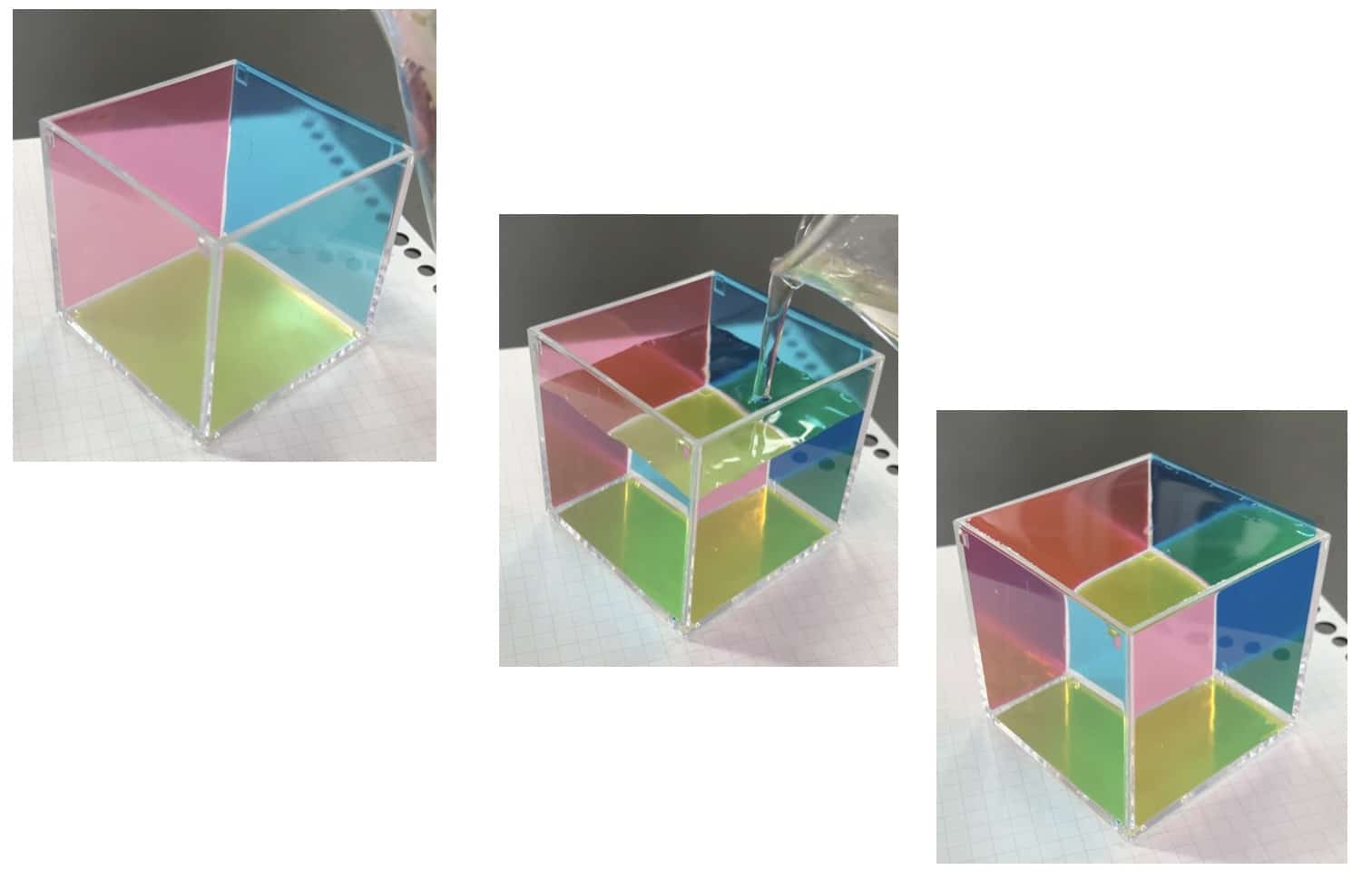
I experimented with cellophane, but it didn’t work out.
I tried various materials to get that clear color. With cellophane, I couldn’t properly recreate cyan, magenta, and yellow (it turned into red, blue, and yellow instead). Another weakness is that it dissolves in water. After a few tries, it gets soggy.
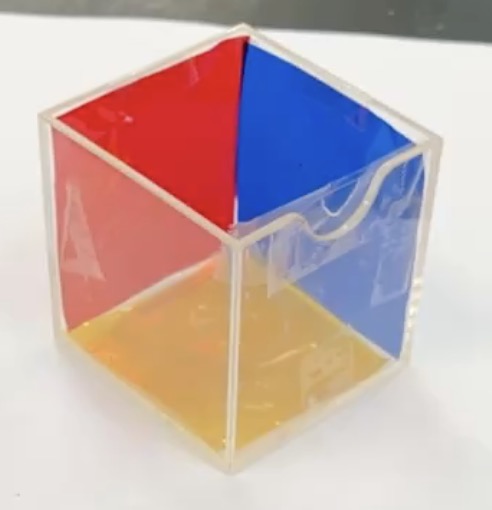
Transparent chiyogami seems to be the best choice.
The fun of inquiry and exploration!
I placed a 5-yen coin in various locations. How does it look? When placed in front…
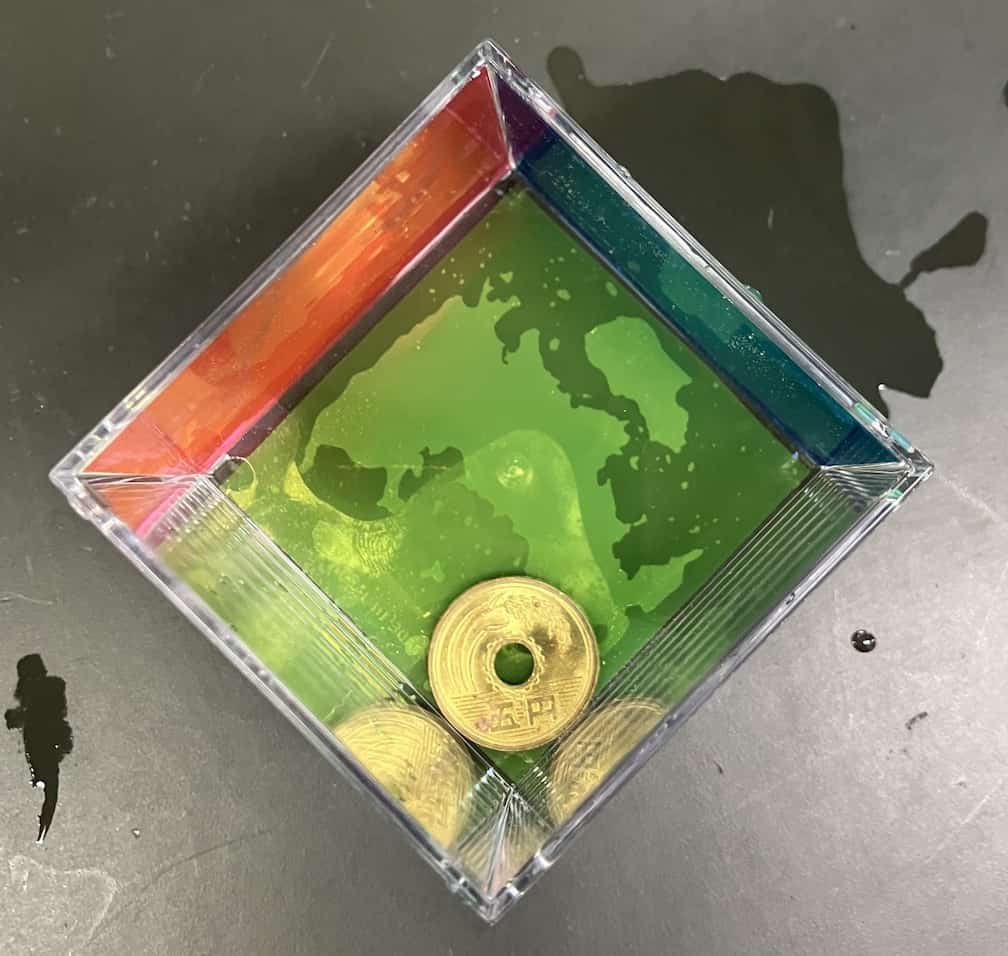
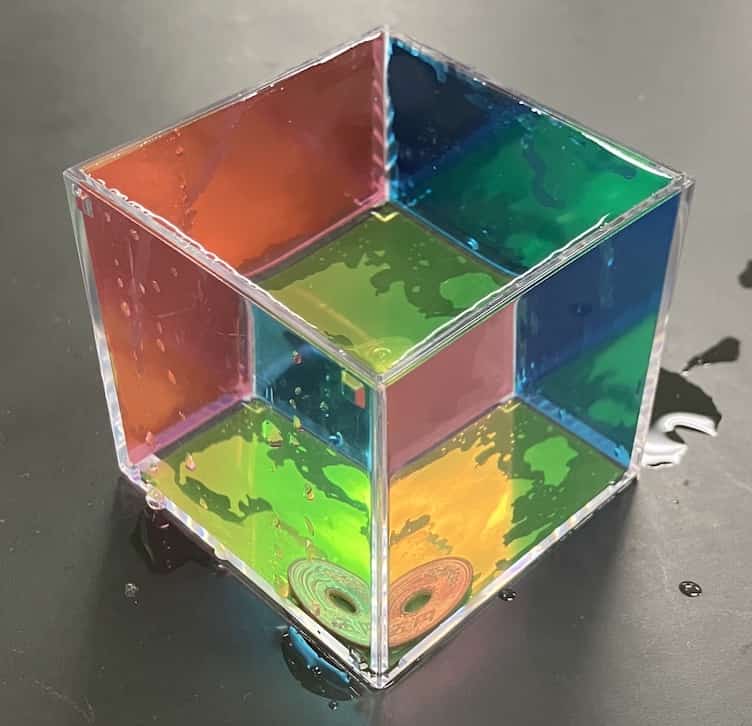
When placed in the back…

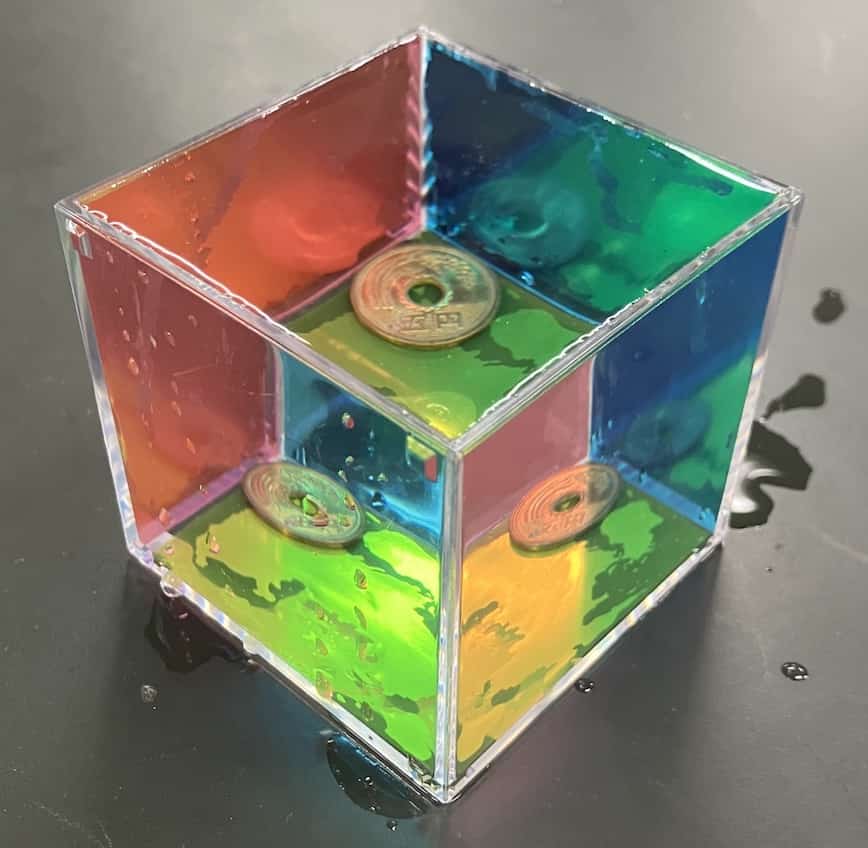
You can clearly see the 5-yen coin floating. When you insert the sheets one by one, another mysterious phenomenon appears.
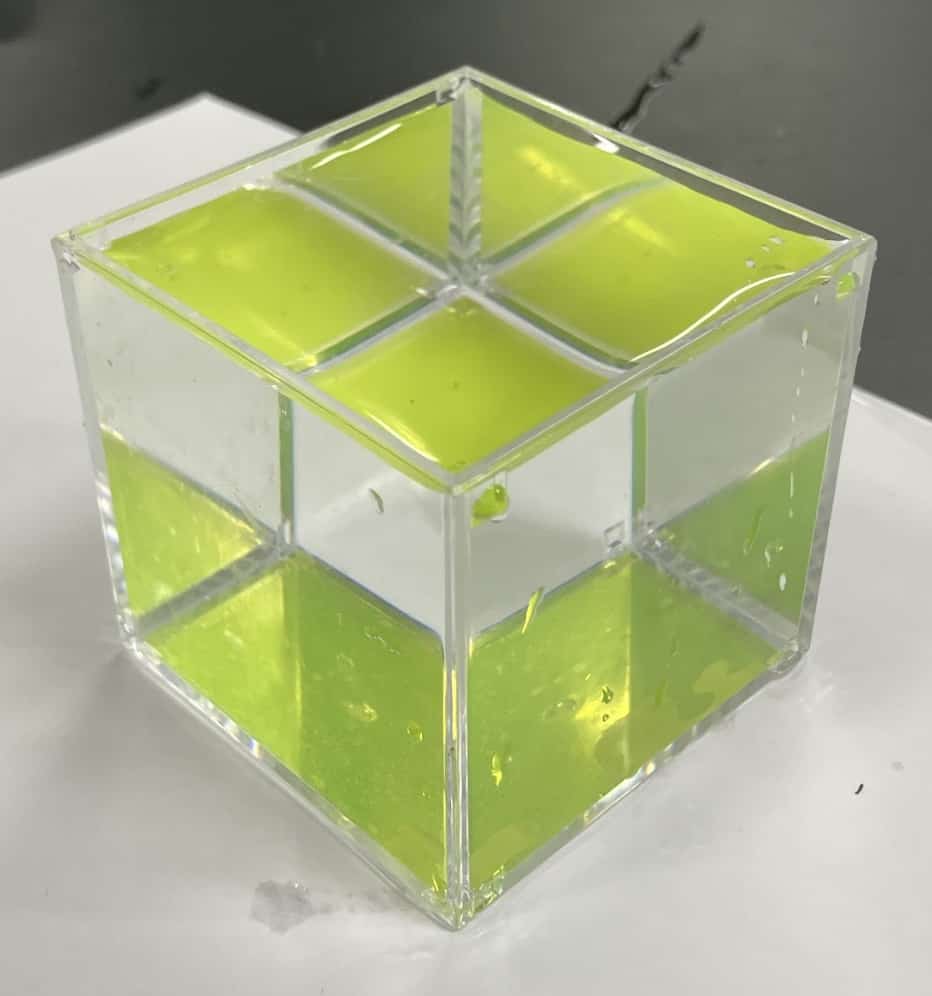
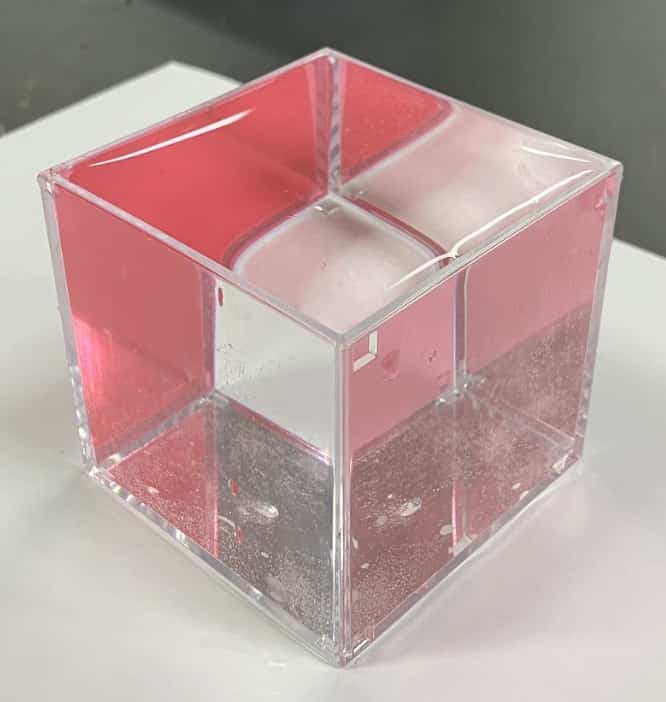
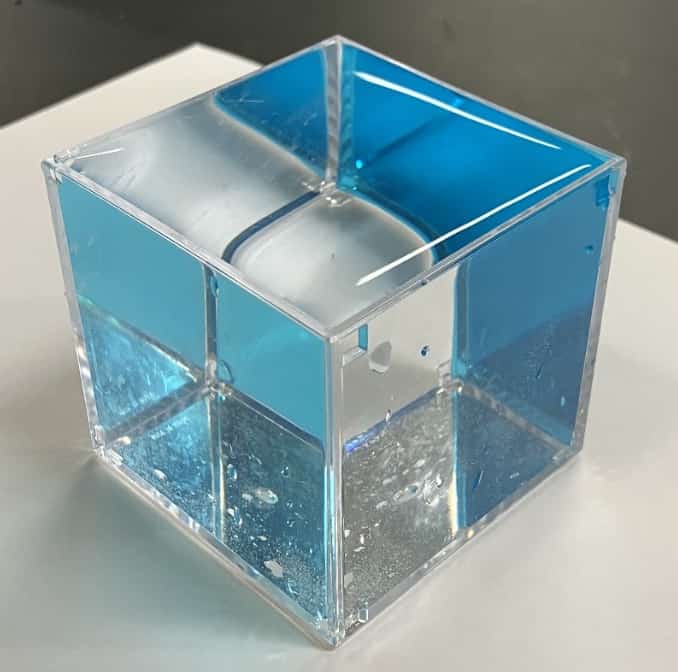
When you put all of them in…
If you prepare a card like this and layer colors with colored pencils…
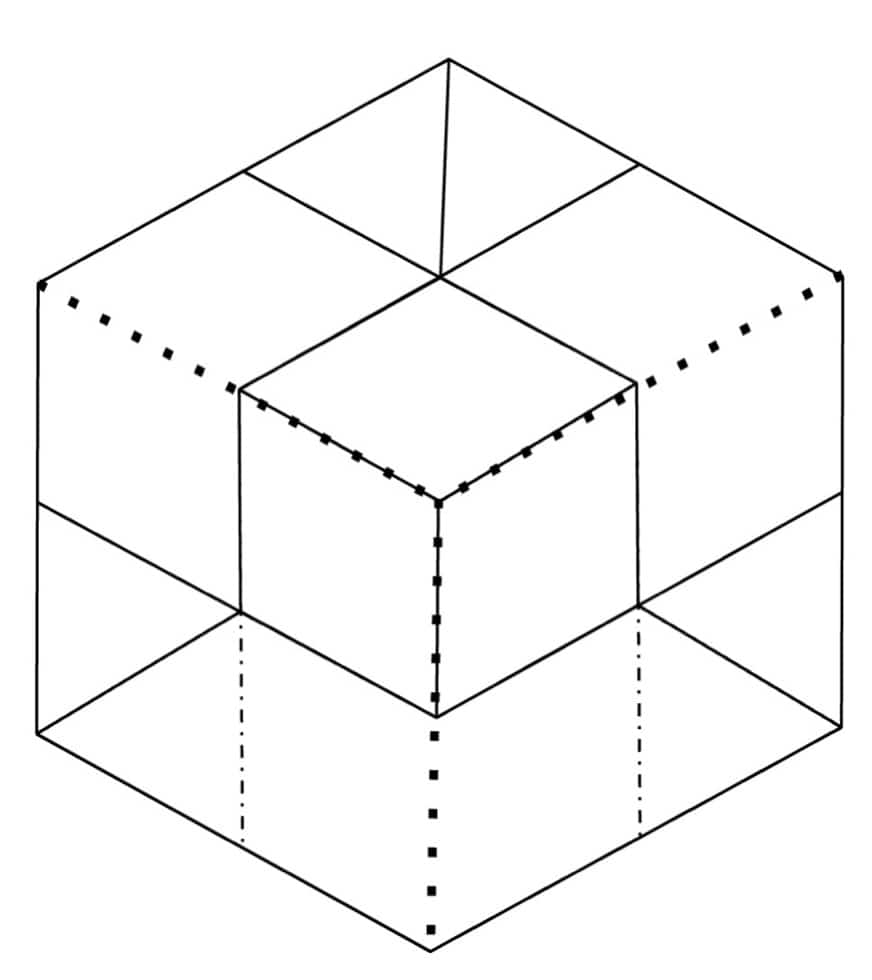
You can reproduce it to a certain extent.
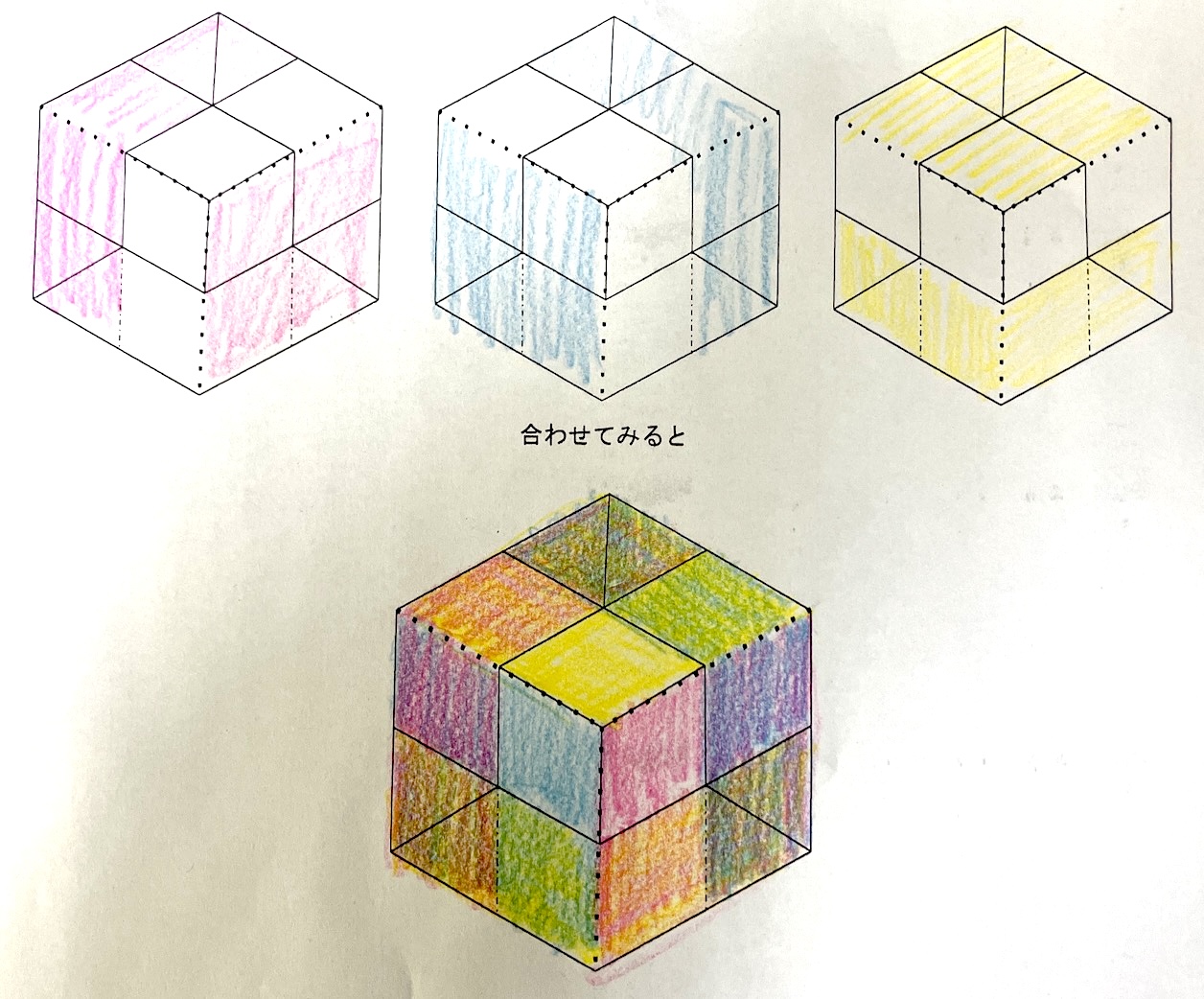
When you color it with colored pencils… I used light blue, pink, and blue.

You can see that they are the three primary colors. Next, I inserted the sheets one by one and numbered them for observation.
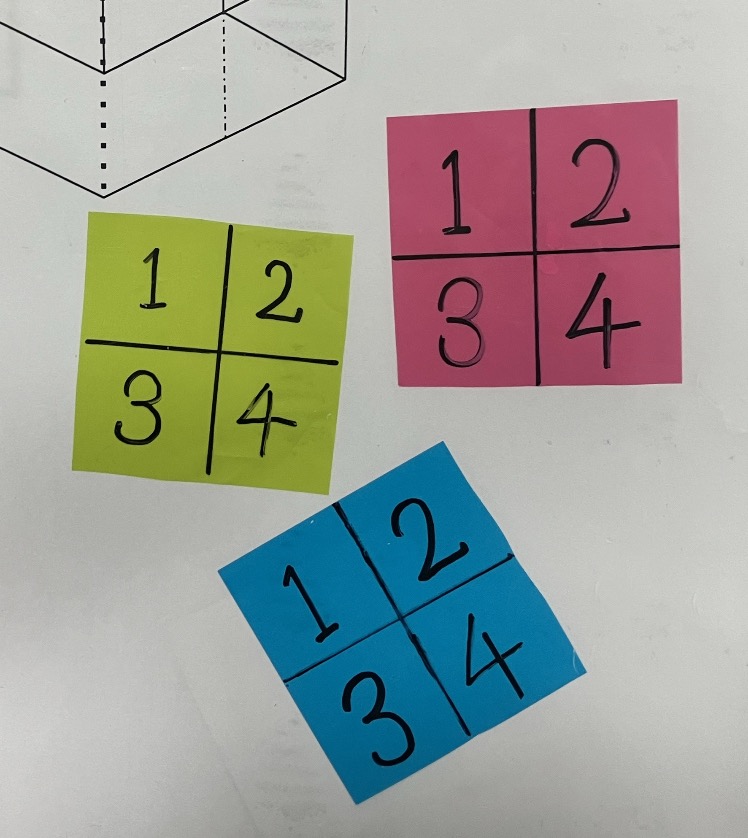
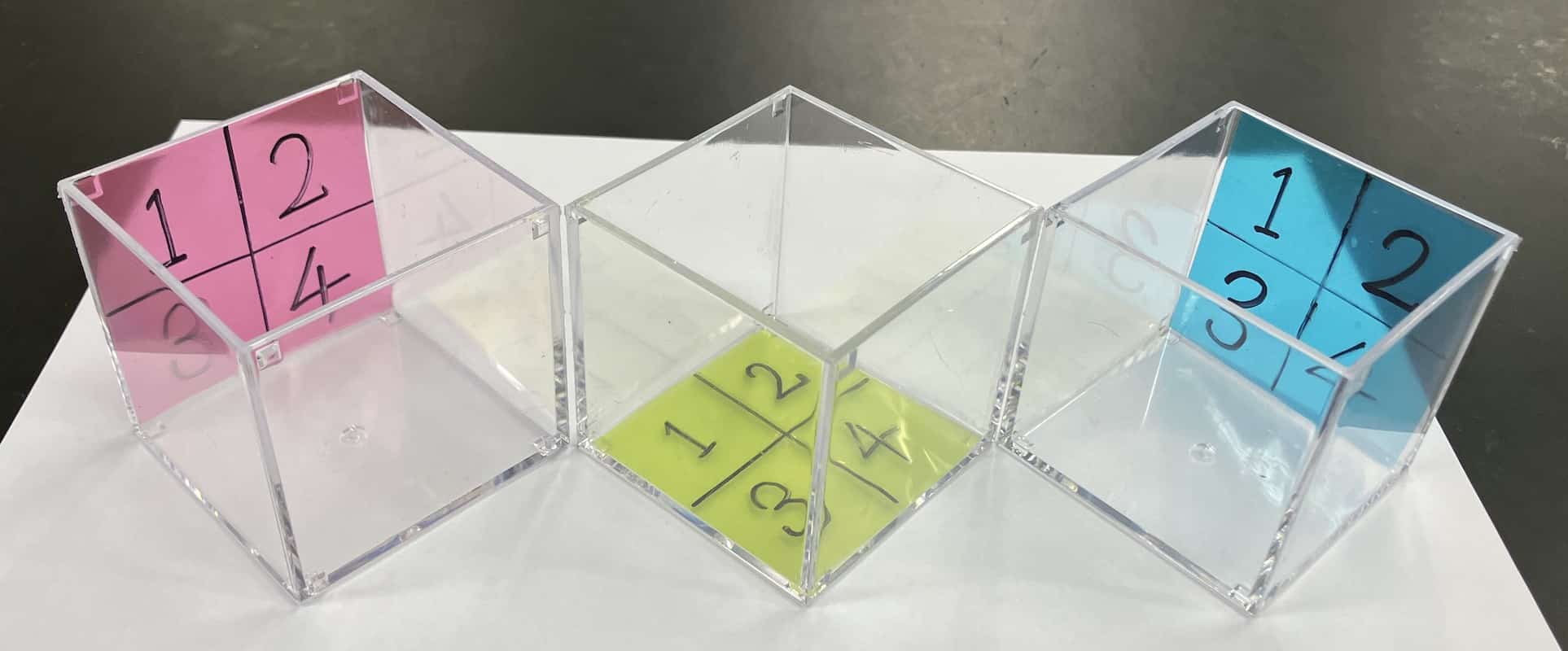
Looking at them one by one…


The number “2” appears to float, and its image is reflected on each face. Also, a shrunken, half-sized image can be seen at the bottom. I’m curious where the white V-shaped part comes from.
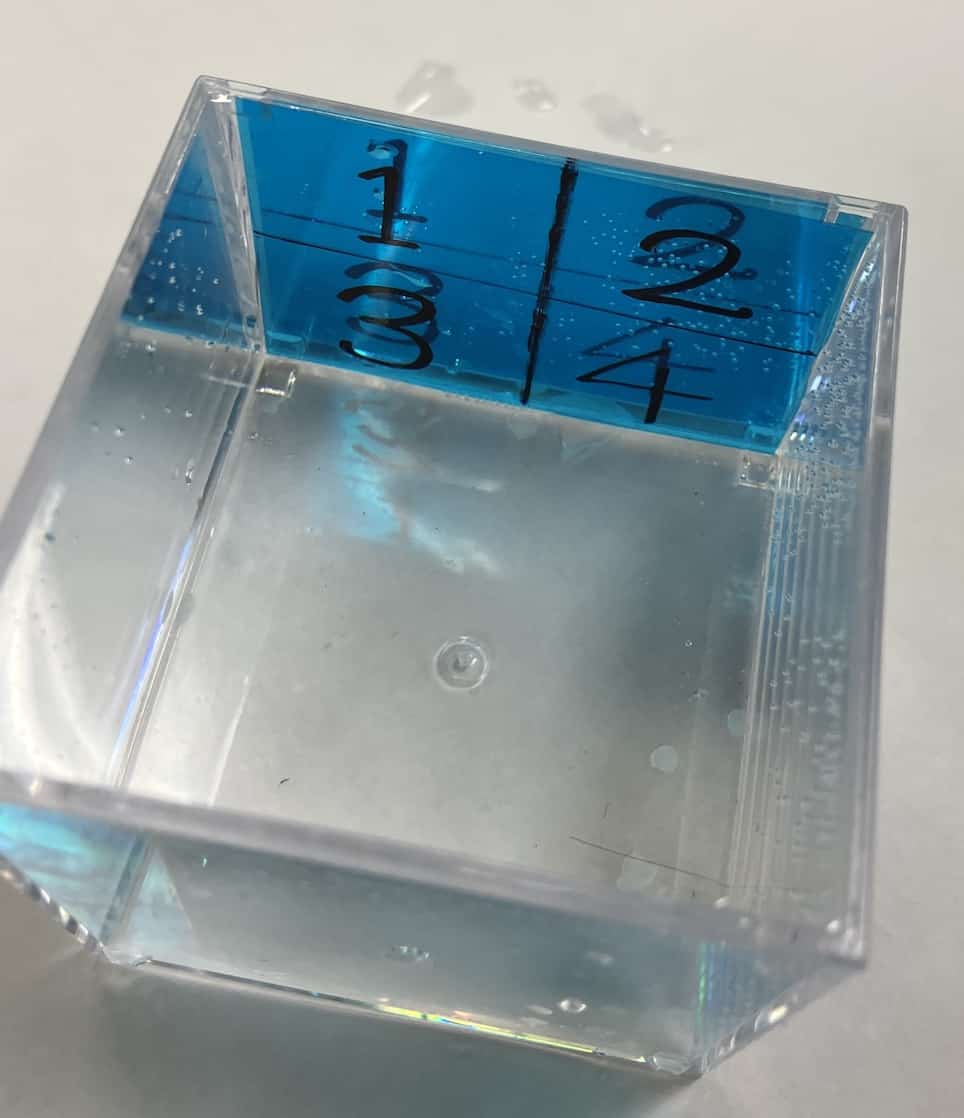
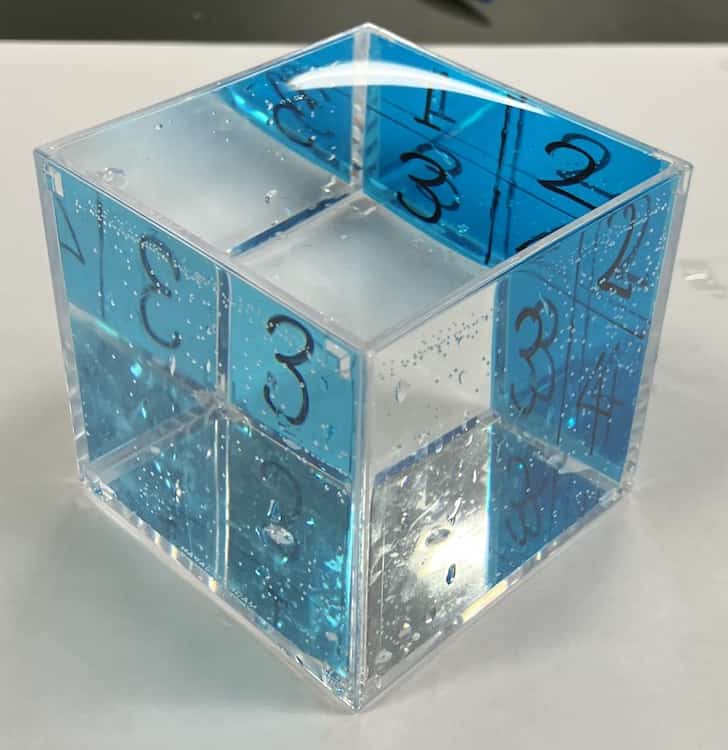
With the blue one, you can see that part 3 is in front. It’s not part 4. I’m still curious where the white part comes from.
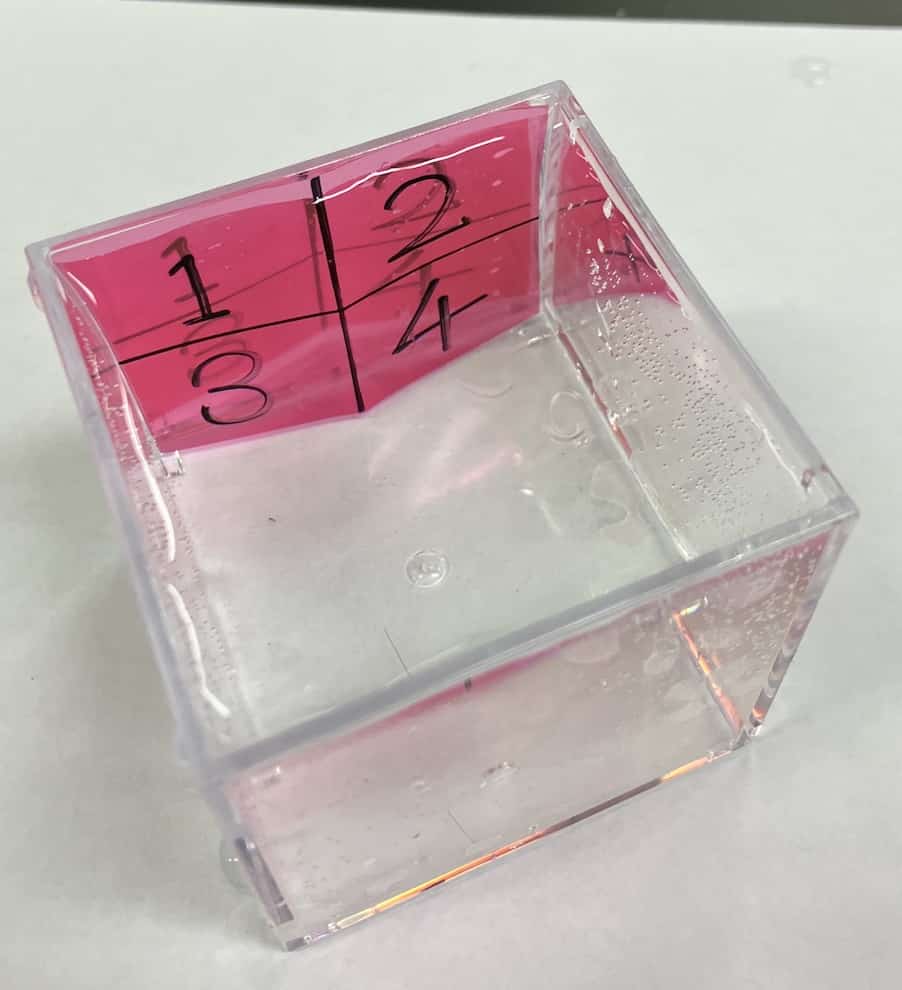

The red one is the same as the blue one. When I put all of them in…
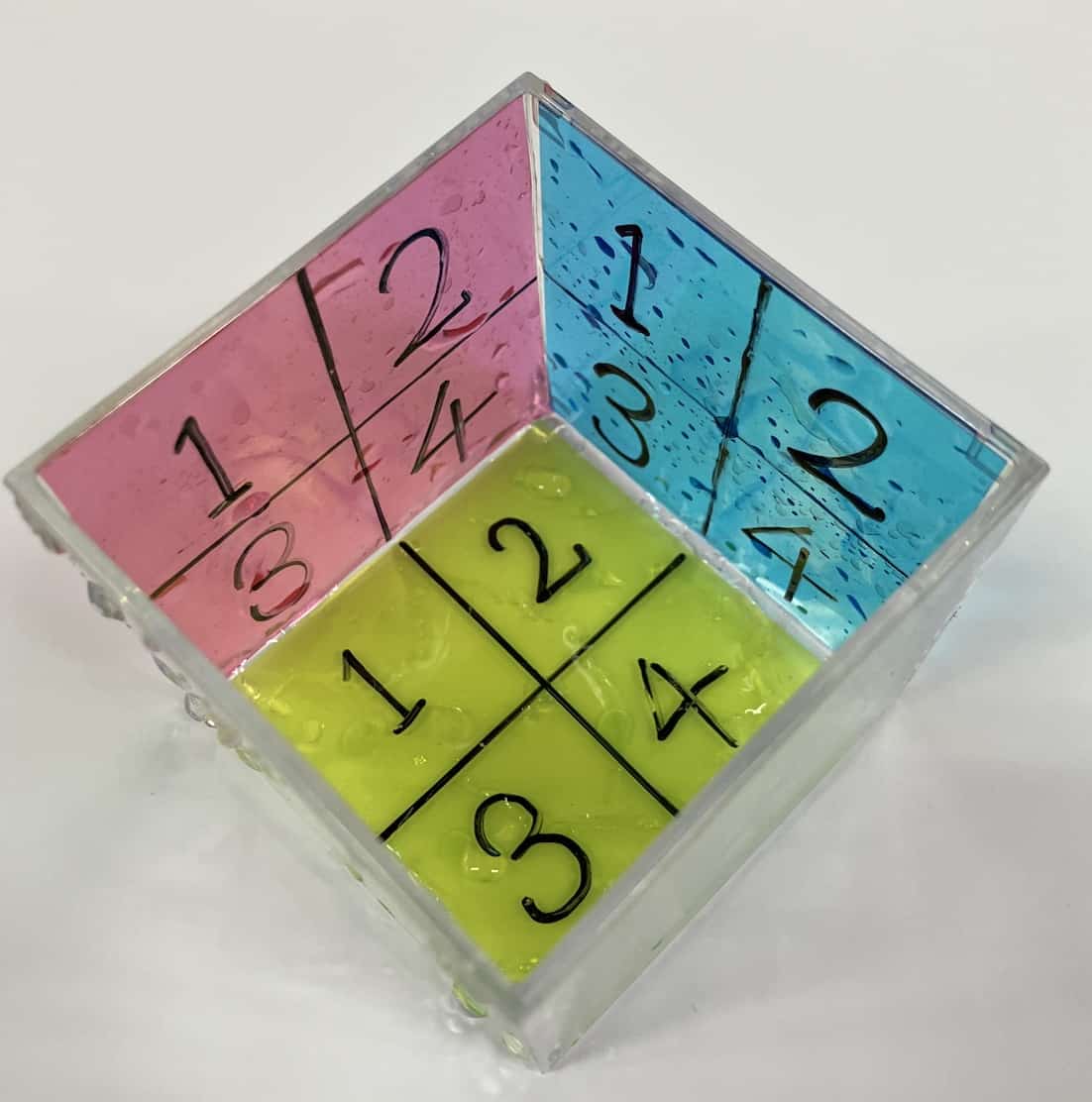
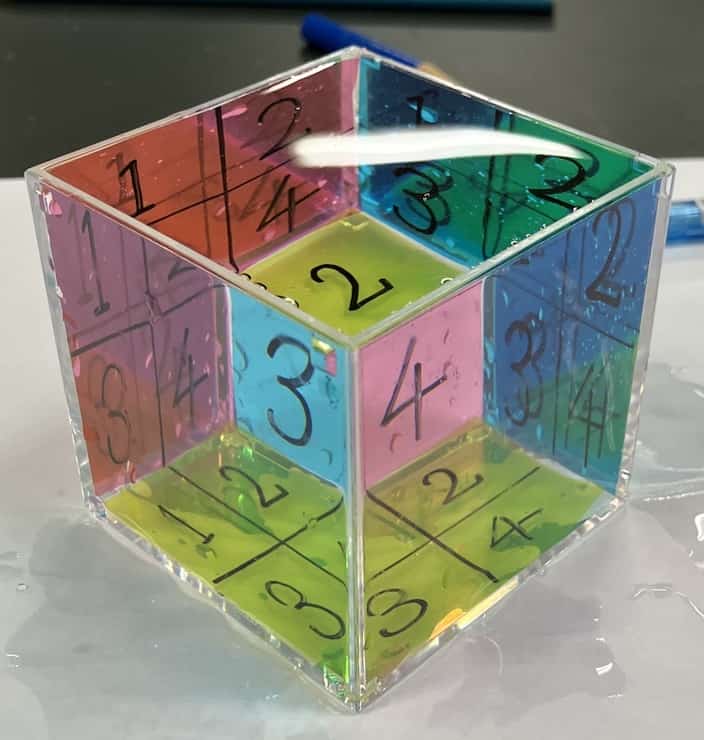
The Method Using “COPIC Sketch”
This is a method that a student came up with. By using a pen called “COPIC sketch” to create the colors, they successfully reproduced vibrant hues! This resulted in a beautifully completed aquarium-style cube. This is what it looks like before adding water.
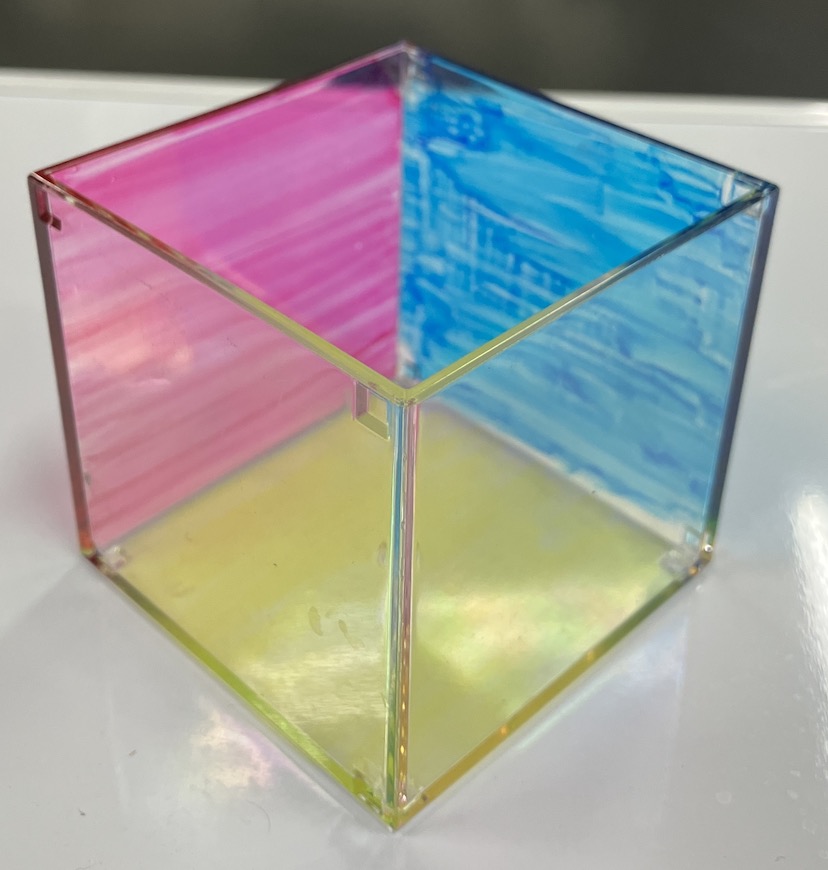
This is what it looks like with water added.
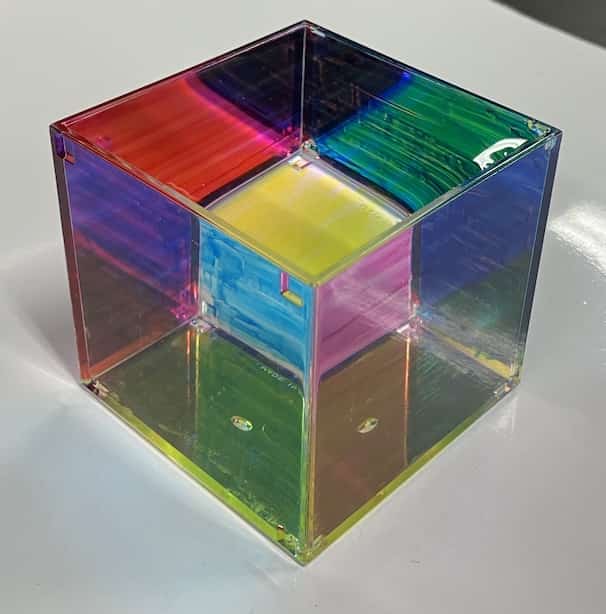
A comparison before and after adding water.

The way the colors stand out in the clear water is truly beautiful and captivating.
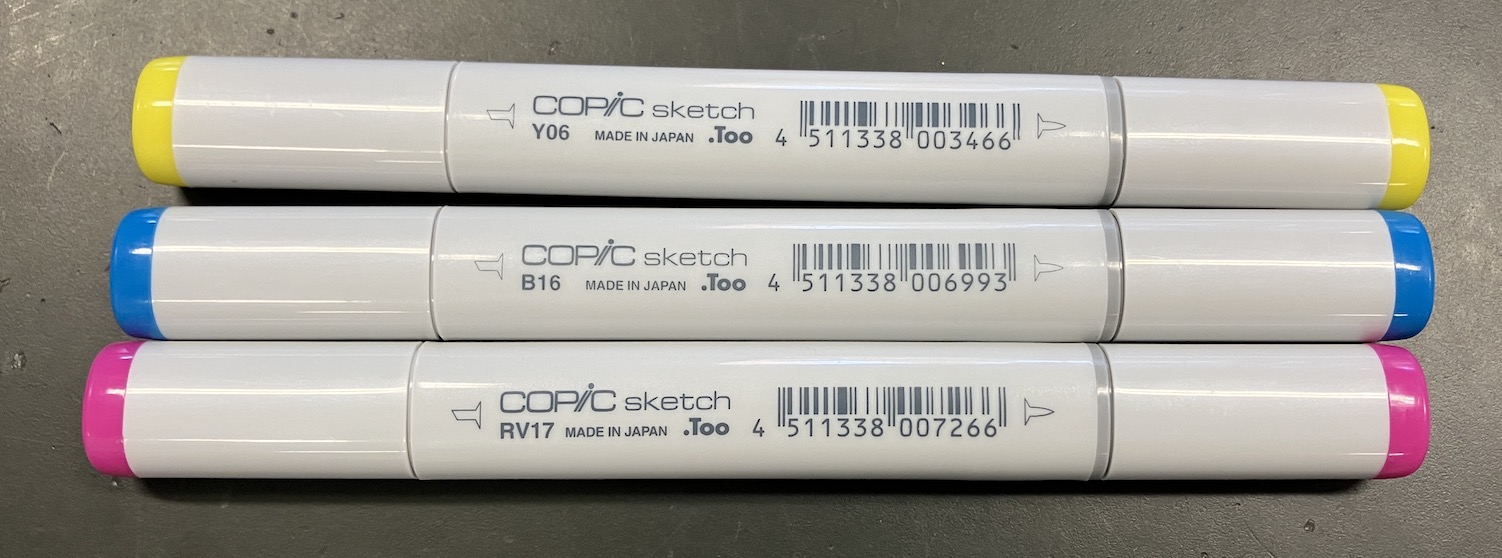
COPIC sketch Y06 https://amzn.to/3Oylgvt Yellow
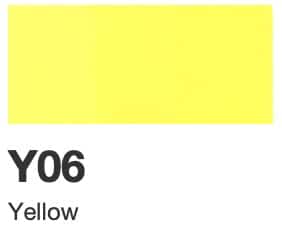
COPIC sketch B16 https://amzn.to/3AVGj8h Cyan
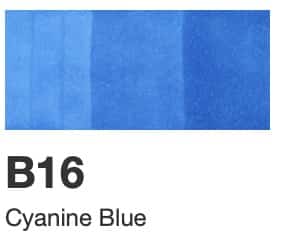
COPIC sketch RV17 https://amzn.to/4gfRE1X Magenta
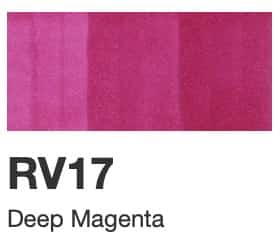
The CMY Cube is an excellent teaching tool that directly conveys the feeling of “Color is so mysterious!” and “Light is so interesting!” to students. And the process of creating your own, rather than just using a pre-made product, becomes a scientific inquiry activity in itself.
“Why does it become this color?” “What happens if I try something else?”
I hope you can use this to create wonderful science lessons that spark such questions. Also, please check out these articles.
Kanazawa
Naoshima
Contact and Requests
Make the wonders and fun of science more accessible! This blog provides easy-to-understand summaries of fun science experiments you can do at home and their tips. Feel free to search around!
・About the author, Ken Kuwako: here
・For various requests (writing, lectures, science workshops, TV supervision, appearances, etc.): here
・Article updates are available on X!
![]() Kuwako’s Science Channel has experiment videos!
Kuwako’s Science Channel has experiment videos!




